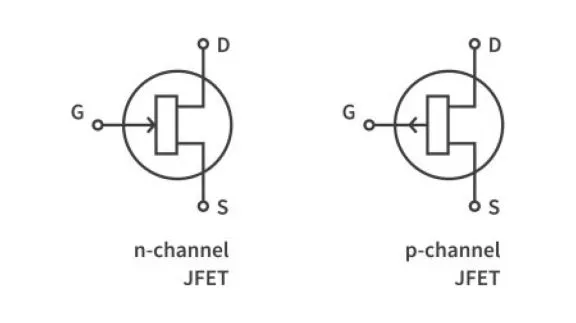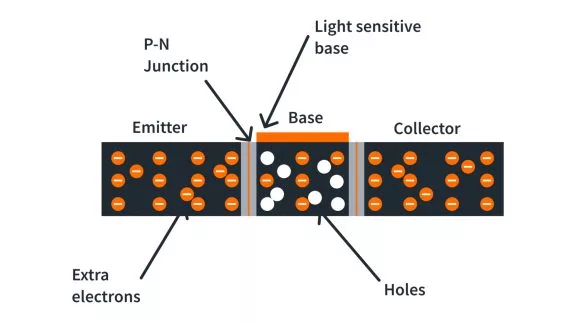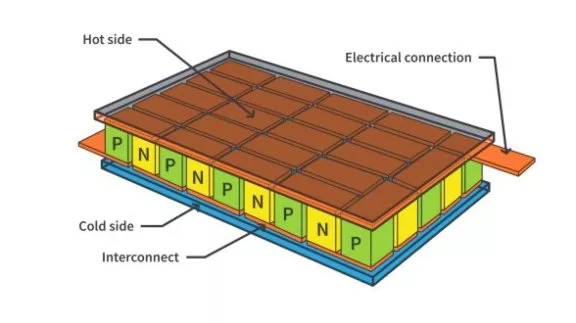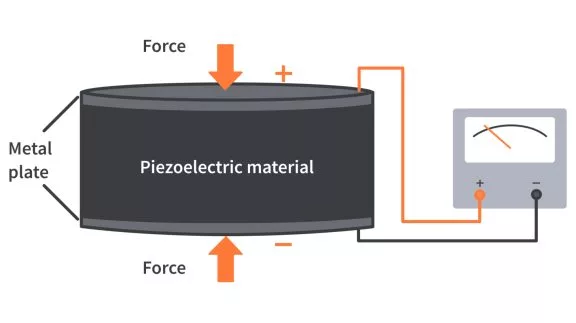Trying to find a suitable power supply to power up your circuit? Let’s discuss some of the prevalent power supplies available in the market.
When you search for a tabletop power supply, you will most likely be looking at either a SMPS (Switched Mode Power Supply) or a linear power supply. Both of these are DC power supplies based on different technologies. Before we dig deeper into these popular power supplies, let’s first have a look at the very simple Zener diode voltage supply.
Zener Diode Voltage Regulator
Zener diode voltage regulators are so simple and still so handy - you can rig it up right in your lab and you are good to go.
When a Zener diode conducts in the reverse direction, the voltage across the Zener diode remains approximately equal to the reverse breakdown voltage irrespective of the current. Thus you get a very stable voltage across the reverse-biased Zener diode. In a Zener diode voltage regulator, the Zener diode is connected across a voltage source through a resistance. This resistance is essential to limit Zener current to safe values. Now connect your load across the Zener diode and voila! You have a constant regulated voltage across your load.
A Zener regulator is a good rudimentary and inexpensive power source to power your circuit, but it has certain limitations. When you connect a load across the Zener diode, the voltage drop across the load resistor should be greater than the Zener knee voltage to ensure that the diode always remains reverse biased. Performing simple Thevenin’s calculations can give you the required minimum load resistance RL(min).

The maximum value of the load resistance is also limited. When the load resistance RL is at its maximum, the load current IL is minimum (IL(min)). The source current being fixed, the excess flows through the Zener diode as Zener current. The higher the load resistance, the greater the Zener current. To respect the current rating of the Zener diode, the load resistance should not exceed RL(max).
RL(max) can also be found out as shown below:

If your load respects the range of allowable load resistance variation, you could most certainly use the Zener diode voltage regulator as your power source. This regulator is most efficient when the current through the Zener diode is minimum – which occurs when the load resistance is close to RL(min). Despite this, the Zener voltage regulator efficiency is always poor due to the power loss in the series resistance.
Shifting to the more sophisticated power supplies, Linear power supplies and SMPS (Switched mode power supplies) are the most popular options on the market.
Both of these power supplies have been around for a long time now and both have their own share of pros and cons. In fact, deciding between the two is a common problem engineers face.
Linear Power Supply
A linear power supply is a typical AC-DC converter with filter and regulation components. The block diagram of a linear power supply is shown in the figure below:

The AC input is fed to a step-down transformer and then rectified. This rectified voltage is then fed to a filter capacitor which outputs a DC voltage with ripple. The voltage regulator block is employed to eliminate the ripple. This smoothed voltage is then fed across the output capacitor which further smooths the output voltage – after all this smoothing the output voltage is almost as clean as if it's from a battery.
The voltage regulator block consists of a pass transistor and a Zener diode. The pass transistor is always on causing a good amount of on-state voltage drop and associated power loss. Because of these reasons, the efficiency of the linear power supply is around 40% to 50%. Linear power supplies also come in a variant in which the voltage regulator employs an LDO (low dropout) regulation. These variants have less power loss in the voltage regulator block hence a higher efficiency - around 60% to 70%. The drawback with LDO type regulators is that the maximum input voltage specification decreases and the LDO has to be stabilised using external capacitors which leads to an increase in complexity of the power supply circuit.
Apart from the efficiency, there’s another problem. The transformer in the linear power supply is designed for the standard 60Hz AC – the transformer for such a low frequency is relatively large – the power supply gets bulkier and heavier. In fact, linear power supplies weigh about 4-5 times as much as switched mode power supplies for the same power requirements.
On the plus side, linear power supplies are immune to high frequency noise and electromagnetic interference. They also exhibit a superior transient response – the output parameters recover quickly under variation in load. These advantages make them a good fit for applications like medical equipment and audio amplifier circuits. In comparison to SMPS, they are also less expensive and produce less electromagnetic interference.
Switched Mode Power Supplies
Switching mode power supplies (SMPS) are highly efficient, widely used compact power supplies. The circuit is mounted on a smaller chassis and the power supply is lighter in weight compared to linear power supplies. Let’s have a look at the simplified block diagram of an SMPS.

Obviously, the circuitry of an SMPS is complex. The input AC is rectified and fed to a DC-DC converter. The switch in the converter is usually a MOSFET which operates in only the low power dissipation modes of a MOSFET - cut-off or saturation. This reduces the power loss associated with switching. The MOSFET switch is driven using a Pulse Width modulation technique which operates in the 10kHz to 200kHz range.
The output DC from the DC-DC converter is fed to a transformer. Due to very high frequency switching, the transformer size is very small. It’s now clear why SMPS are so compact and lightweight.
Like with the linear power supply, the SMPS also comes with its own problems. SMPS generate high frequency noises and produce electromagnetic interference. They introduce distortions in amplifier circuits that cause harmonic distortion in the supply line. On the positive side, the main advantage they bring is their high efficiency which can be as high as 90%. Of course, they are also extremely lightweight and compact, very suitable for applications where portability is a concern. The feedback mechanism in SMPS makes it immune to supply variations, the output voltage is always at the nominal value irrespective of supply variations (within limits, of course).
A comparison between linear and switched mode power supplies can be summarized as below:
| Linear Power Supply | Switched Mode Power Supply |
| Efficiency about 50% | Efficiency about 70% |
| Output voltage is noise free | Output voltage contains high frequency noise |
| Simple circuitry | Complex circuitry |
| Transformer is large making the entire power supply heavy | Small transformer – Light and compact power supply |
| Economical | Costly |
Both linear and SMPS are well established, they have been refined and improved over and over again. While linear power supplies have a clean output and are economical, SMPS are highly efficient, lightweight and reliable. Depending on the application and requirements, one can make an informed choice between the two.















